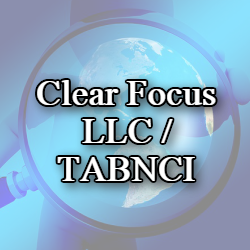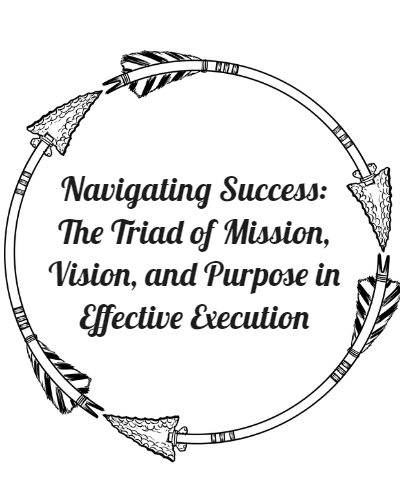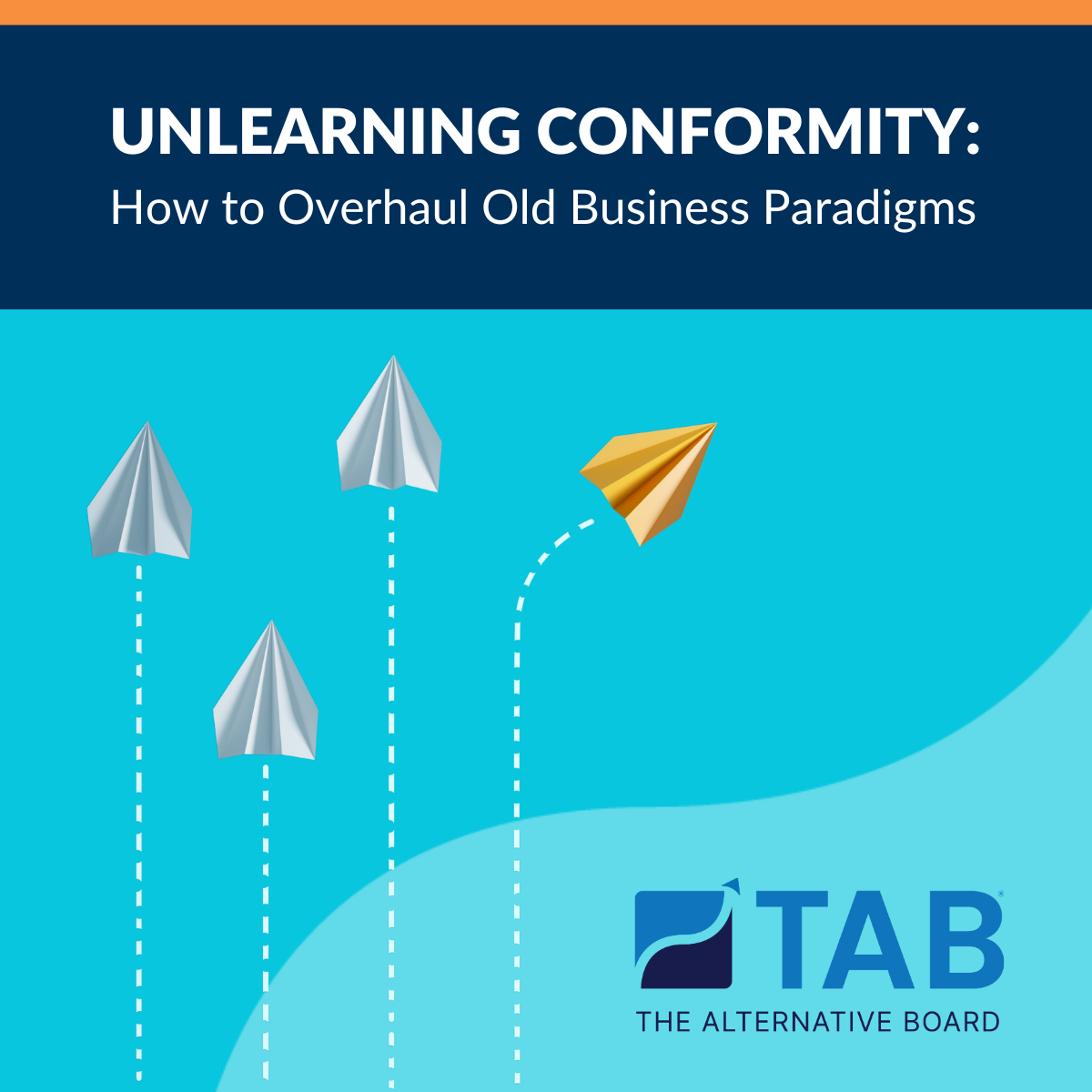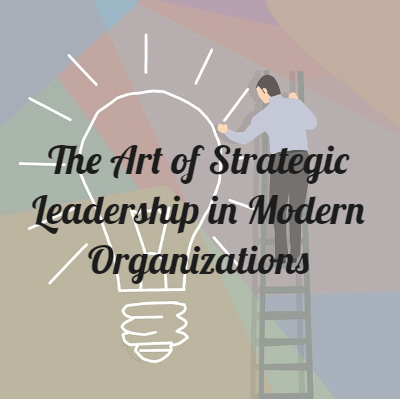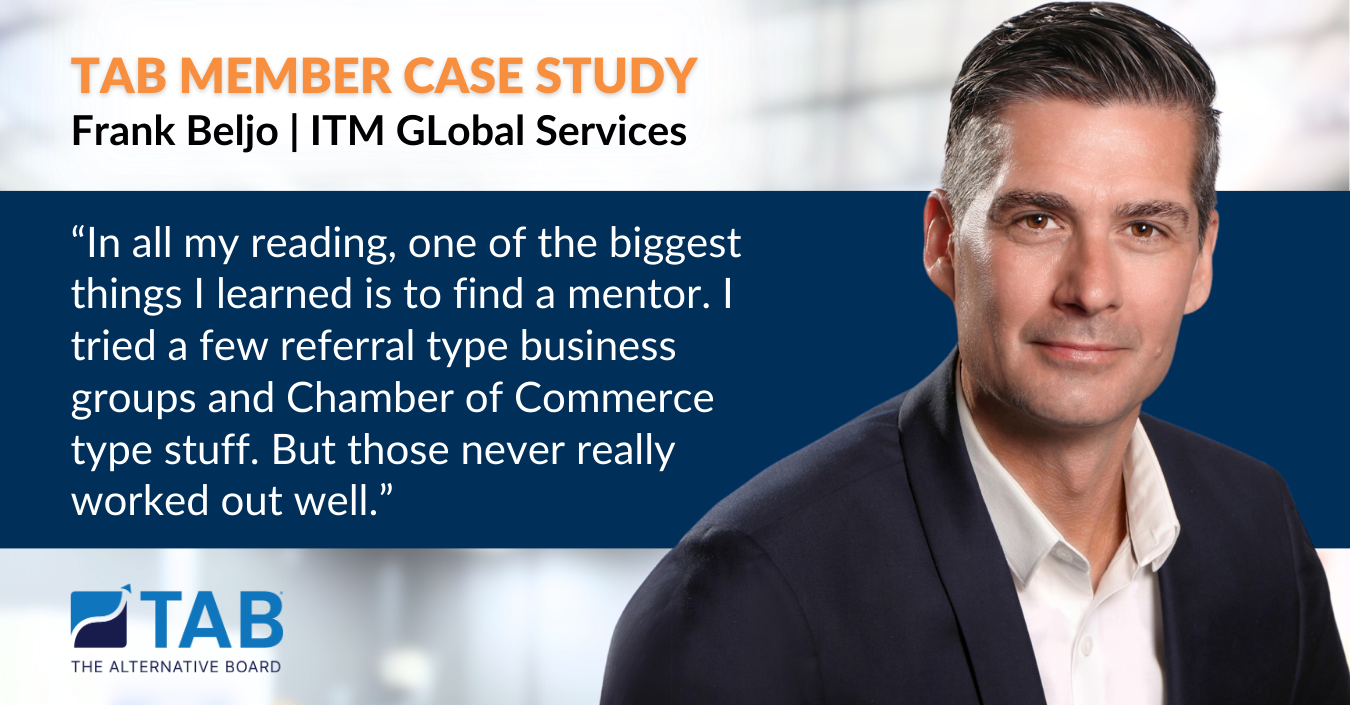There is an abundance of leadership traps for managers in the corporate world. Whether it’s self-doubt, overconfidence, risk mitigation, or a failure to maintain a competitive edge – there’s the potential to fall into various traps every day. Here’s how to avoid it.
Effective management involves avoiding various leadership and organizational traps. Businesses run the risk of losing CEOs at a steep cost of replacement over time if they don’t avoid various leadership traps. Management should remain proactive and continually strive to place their corporation in a position of attainable and sustainable growth over time by developing a healthy workplace culture.
Here are 5 leadership traps that you should manage to avoid disruption in your workplace. This is especially true when times are good as complacency can become incredibly dangerous in successful C-suite operations.
Trap #1: Ignoring Potential Problems (or Missing them Entirely) – Most leaders agree that much of their day involves solving, listening to, or discovering problems. Incredibly effective leaders alleviate tension at all points of the business lifecycle. While staff should be trained and capable of dealing with problems – leaders should remain diligent in addressing potential problems.
C-suite executives should approach problems from a solution and delegation standpoint. All problems can be a training opportunity for staff to learn new skills and capabilities.
Ignoring threats or problems on the horizon can lead to larger problems down the road and cause more costly mistakes over time. Taking an optimistic approach to this leadership trap may also result in innovative solutions that push your corporation forward.
Trap #2: Hyper-focusing To your Detriment – Leaders can often become hyper-focused on their passion projects. Whether it’s an event that you’re excited about a problem you can easily foresee a solution to, or any other myriad of tasks that you prefer – this trap is an easy one to fall into. Unfortunately, as a leader, your days of being able to hyperfocus on projects that you are passionate about may be mostly in the past. Part of managing staff means taking an oversight role and delegating things effectively. This is the only way to free up your time for the roles and responsibilities that are part of you being a manager.
Trap #3: Only Hiring Like-Minded Individuals – It can be easier to be most attracted to hiring people like you. Employees who have the same opinions, perspectives, backgrounds, opportunities, and skills may be easier to relate to than an employee who has nothing in common with you. However, a diverse workforce has a stronger base of employee types. As an effective leader, you want people in your C-suite and beyond who complement your skill set (not mirror it).
To prevent bias in hiring, try to be self-aware of your core strengths and weaknesses. This can help you in your decision-making as you hire employees to fortify your company’s workforce. Consistently challenge yourself and ask “What do I like most about this potential employee and why?”.
Trap #4: Anchoring Worth on Efficiency (and Efficiency Alone) – Efficiency is certainly an incredibly effective way to increase growth at a company. However, many leaders get caught up in the endless pursuit of efficiency (often sacrificing effectiveness in its place). KPIs, goals, and target metrics all have their place – but leaders must remain comprehensive in scope to measure workplace productivity and quality over time.
Trap #5: Accidentally Encouraging Complacency – Don’t fall into this trap (especially when the going is good). It can be all too easy to accidentally tolerate or even encourage complacency in the workplace. This may lead to a loss of focus, passion, or intensity over time. If a leader is withdrawing from the workplace then employees will often take their cues from that manager and model that behavior.
As a leader, it’s important to set the tone over time for your department. You’ll notice less turnover and more high-performers flourishing over time if you’re able to strike the right balance here without becoming complacent. Don’t take this advice as an opportunity to veer too far in the other direction though and catch your employees off-guard with an incredibly intense mindset. Find a balance and work within it!
Have you fallen into any of these traps? As a C-suite executive, manager, or business owner – have you fallen into any of these classic leadership traps? Don’t beat yourself up if you have. Each leadership trap can also be a learning lesson if you’re able to right the ship without too much damage done.
We would love to hear your comments. Please contact us today!
Gary Brunson
gary@myclearfocus.com
Debra Rider
debra@myclearfocus.com
574.361.2674
Sustainable Growth & Profit Consultant, Coach, Mentor, and Counselor/Therapist for Business Owners and Professionals.

